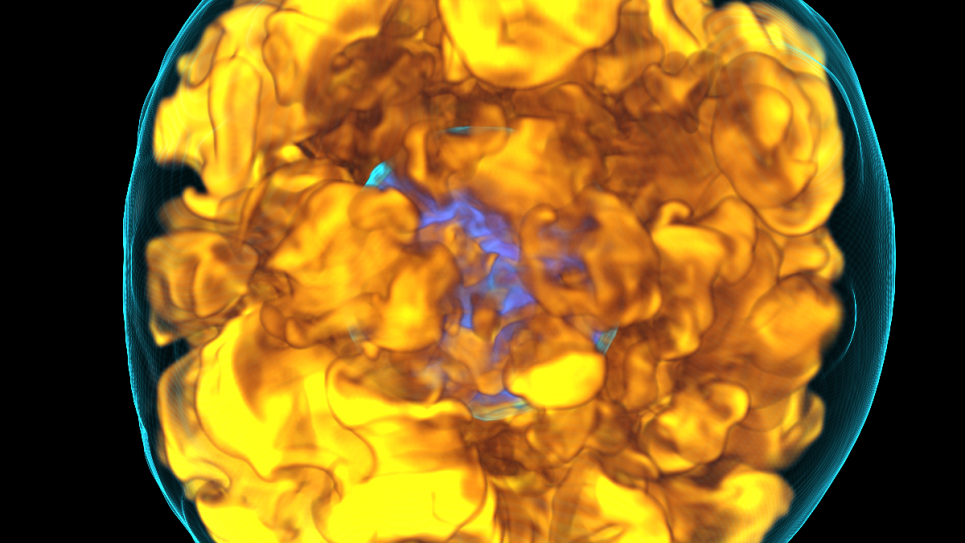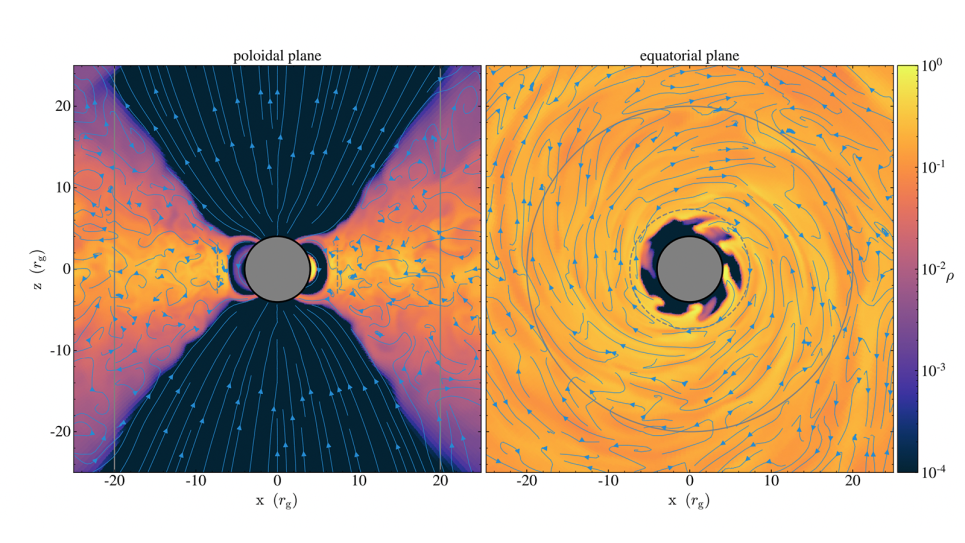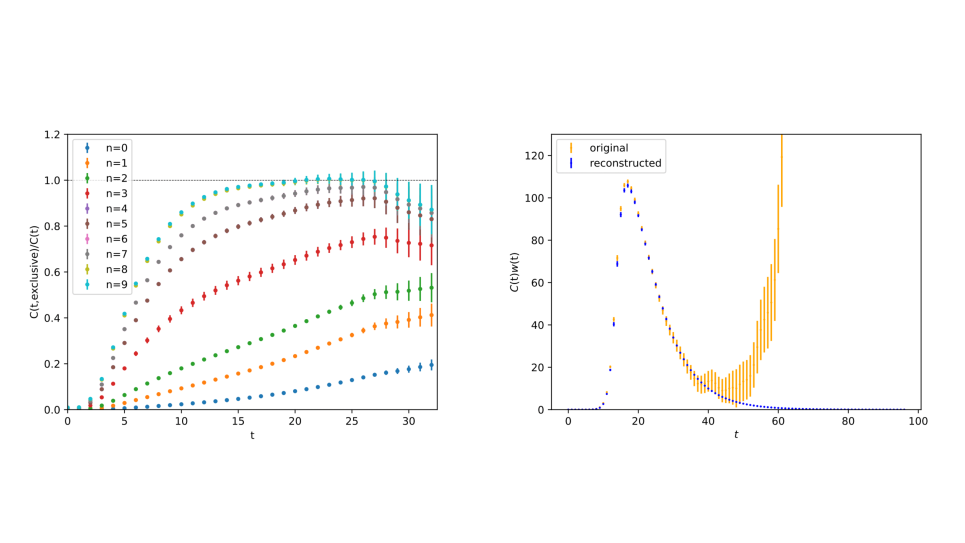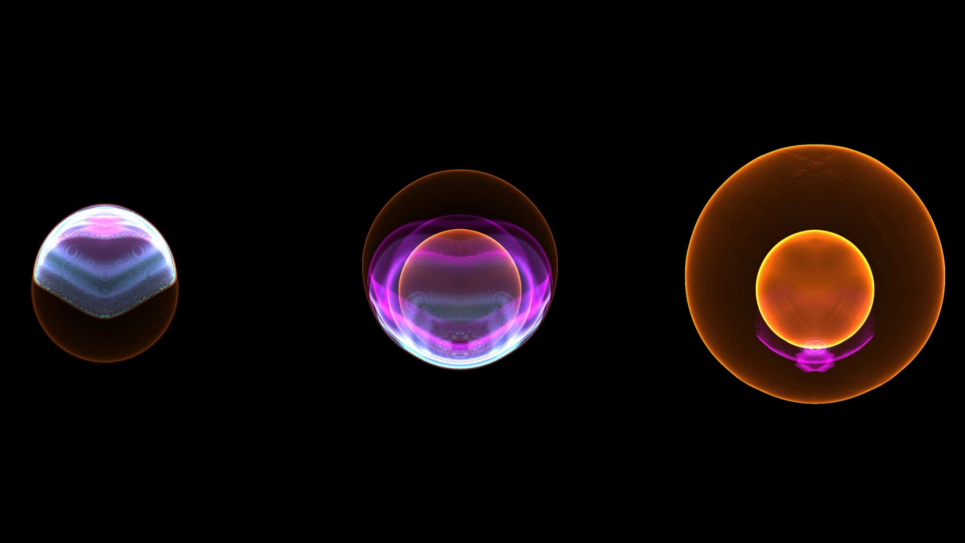
Petascale Simulation of Magnetorotational Core-Collapse Supernovae
The process by which core-collapse supernovae (CCSN) are produced drives the development of the heavier elements, which are distributed throughout the universe after a massive star explodes under its own weight. Project researchers will conduct a comprehensive study of the mechanisms that cause core-collapse supernovae utilizing 3D magnetohydrodynamics (MHD)simulations of the collapse of rotating, magnetic stellar cores. Their earlier work has demonstrated the importance of turbulence in the supernova mechanism and, thus, drives this INCITE project, which is to treat MHD with the highest fidelity possible.
The team is presently running 3D simulations with the high-fidelity M1 neutrino transport using a state-of-the-art 20-solar mass (20 times the mass of our own sun) 1D progenitor model generated by the open-source MESA code. Some simulations include non-spherical velocity perturbations in the silicon- and oxygen-burning shells inspired by realistic convective burning in massive stars. Due to significant optimization of the M1 code, they have achieved even higher resolution in the 3D simulations than originally planned.
These simulations will allow researchers to probe the behavior and importance of turbulence in aiding supernova shock revival in the most realistic way yet, particularly in conjunction with simulations that include non-spherical progenitor perturbations. In addition, they will be the most physically-detailed and accurate CCSN simulation to include magnetorotational effects ever accomplished, with the potential for uncovering a robust and realistic CCSN explosion mechanism.


